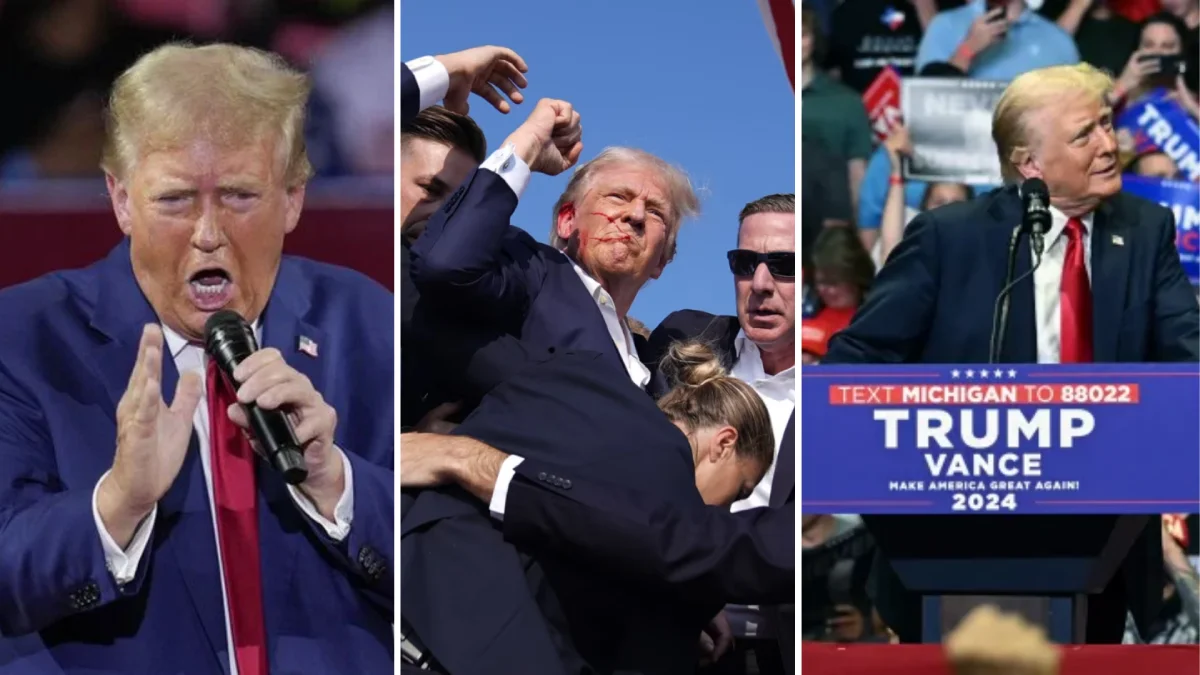In a historic turn, Donald J. Trump secured victory in the 2024 presidential race, marking a pivotal moment in U.S. political history. Beyond the electoral strategies, campaign rallies, and televised debates, two key elements emerged as defining factors in his success: the strategic use of digital media and a robust public relations apparatus. These elements fundamentally reshaped the landscape of American politics, not only securing Trump’s position but also setting a precedent for future campaigns.
The Role of Digital Media: Reaching and Engaging Voters
In recent years, digital media has become an indispensable tool in election campaigns, and Trump’s team leveraged it with unprecedented precision. Through platforms like X (formerly Twitter), Facebook, Instagram, and newer venues like Truth Social, Trump’s campaign amplified its reach, targeted specific voter demographics, and engaged directly with supporters in real time. By bypassing traditional media, Trump connected with voters on a more personal level, creating a narrative that resonated with his base and drew in undecided voters.
The strategy wasn’t just about volume; it was about precision. Using data analytics and AI-driven tools, the Trump campaign identified and targeted voters based on behavior, preferences, and online activity. This level of personalization allowed the campaign to deliver tailored messages that addressed specific issues, concerns, and interests. Digital advertising, optimized by artificial intelligence, played a significant role in identifying what types of content would likely yield the highest engagement, and the campaign capitalized on that insight.
Public Relations and Image Management: Shaping the Narrative
While digital media allowed Trump to connect with voters directly, public relations (PR) efforts played a vital role in shaping his image and the narrative around his campaign. Trump’s PR team managed a series of strategic events, interviews, and rallies, all of which were aimed at reinforcing his image as a candidate who represents and fights for “the forgotten American.
One of the campaign’s key PR strategies was to control the conversation around controversial topics and use them to amplify Trump’s message. For instance, when challenged on specific policy stances or past actions, the campaign’s PR team carefully crafted responses that kept Trump’s base engaged and diverted focus toward favorable narratives. This proactive image management was instrumental in maintaining Trump’s appeal, even in the face of criticism.
The Digital-PR Synergy: Creating Momentum and Amplifying Influence
Trump’s victory in 2024 exemplifies how digital media and PR can create a powerful synergy in modern campaigns. By combining the instantaneous, far-reaching nature of social media with the strategic narrative control of PR, the Trump campaign could consistently shape public perception. This synergy created a feedback loop: digital posts would spark discussions, these discussions would be highlighted and reframed by PR, and the new narratives would, in turn, fuel further engagement online.
Through this approach, Trump’s team kept their campaign highly visible, engaging, and relevant. Viral posts and carefully crafted stories ensured that Trump’s message dominated news cycles, reaching potential voters across the country. This dynamic was particularly effective in energizing Trump’s base, securing their loyalty, and bolstering voter turnout.
Implications for Future Campaigns: A Digital-First Approach
Trump’s success has set a new standard for political campaigns. Future candidates will likely adopt similar digital and PR strategies, integrating AI and analytics to fine-tune their messaging and using social media to maintain a constant, direct line to voters. Additionally, the results of this campaign underscore the importance of carefully crafted narratives and a proactive PR strategy in managing the public perception of a candidate.
In summary, Donald Trump’s victory demonstrates how a well-orchestrated combination of digital media and public relations can alter the course of a political campaign. His team’s approach to voter engagement and image control may well define the digital-first campaign strategies of tomorrow, marking a significant shift in how political success is achieved in the digital age.

















